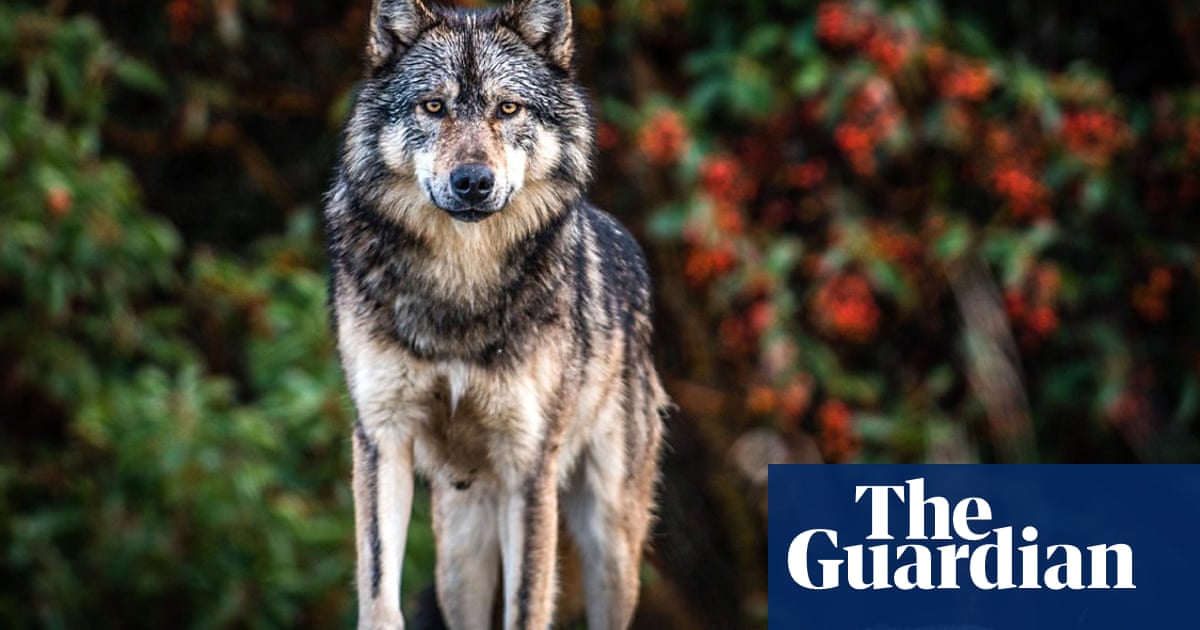- cross-posted to:
- [email protected]
- cross-posted to:
- [email protected]
Ever since he was killed by a hunter in 2020, the Canadian sea wolf Takaya has appeared all over the world.
Paintings, poems, sculptures and statues – including a 150lb (68kg) mixture of driftwood, sea shells and dried kelp – have memorialized a wolf whose legacy reflects the complex relationship between humans and wildlife.
But photographer Cheryl Alexander, a relentless advocate against government-sanctioned wolf culls, was shocked to see her most famous image used to advertise a big game hunting company.
“I was shocked and a bit horrified. And it really pissed me off that company was using Takaya as an advertisement to come up to Canada and kill a wolf,” she told the Guardian. “It hurt too because Takaya has become, in many ways, an international image for positive coexistence with humans.”



I think it depends on the types of hunting. If it’s truly conservation focused, and culling is good for the broader population, then the hunting license fees can help support other conservation efforts.
That’s what a lot of the African big game hunting seems to be. Personally I still think those hunters are assholes, it if local wardens are targeting specific animals that are harming the population (usually older aggressive males), then is sounds like it benefits the local conservation efforts with large license fees.